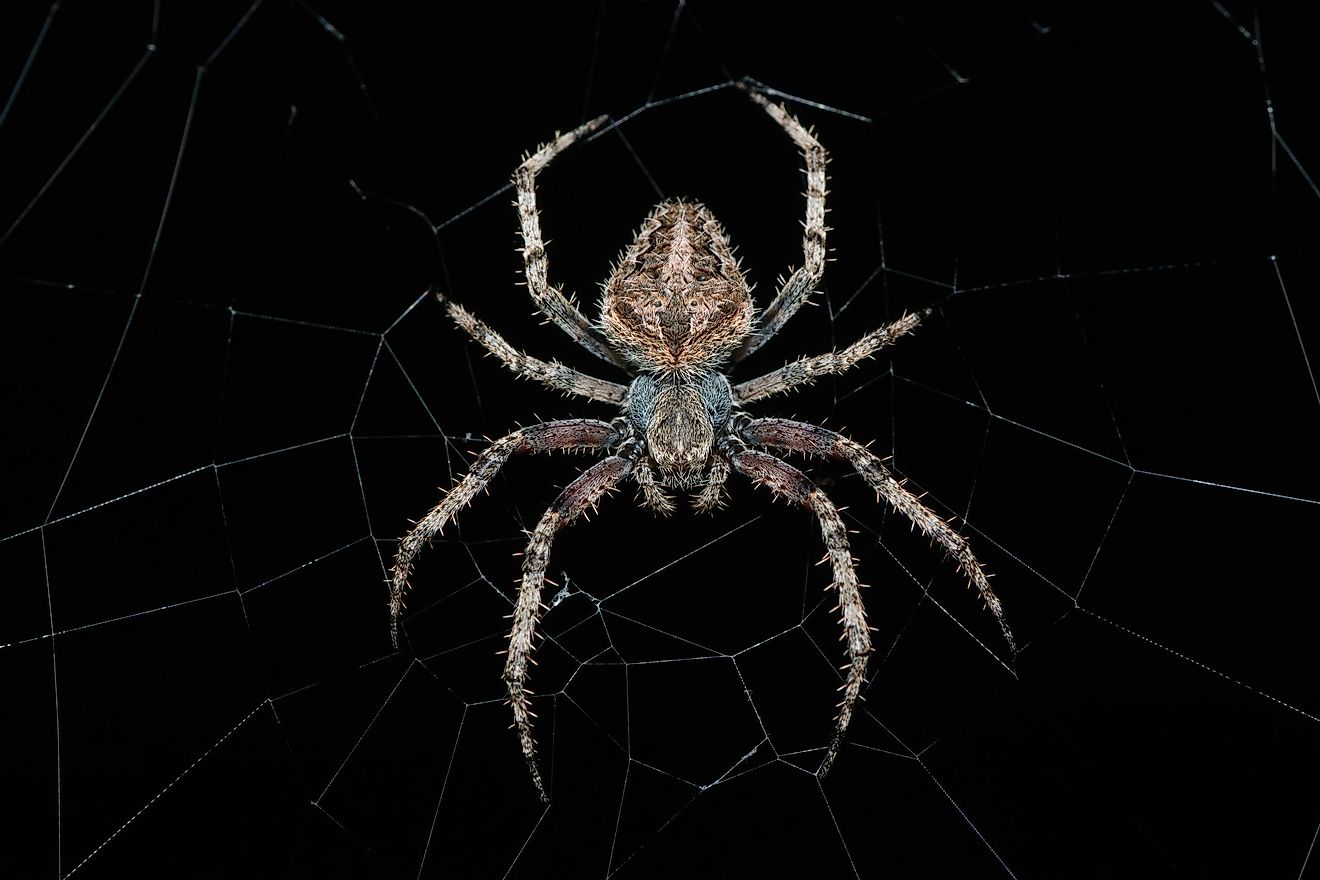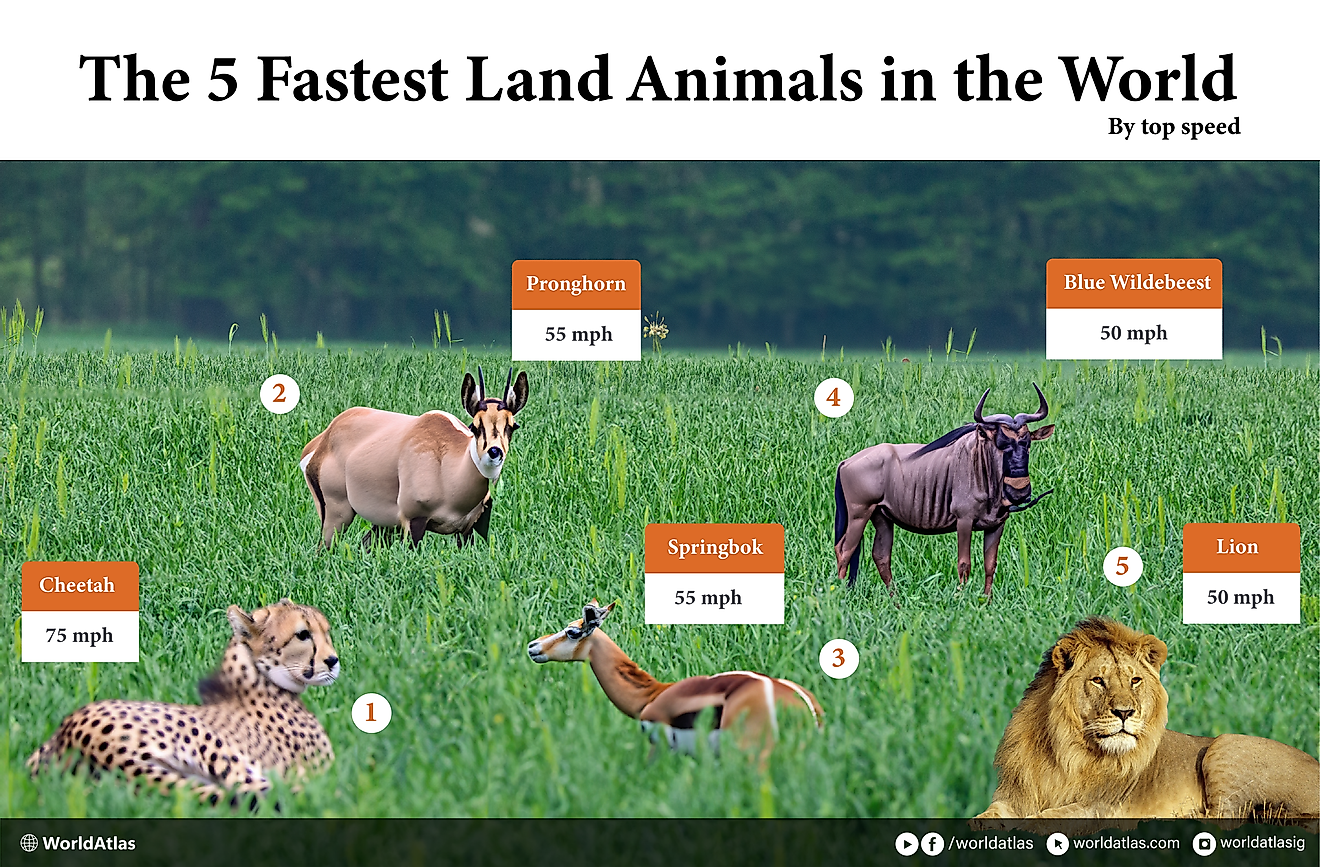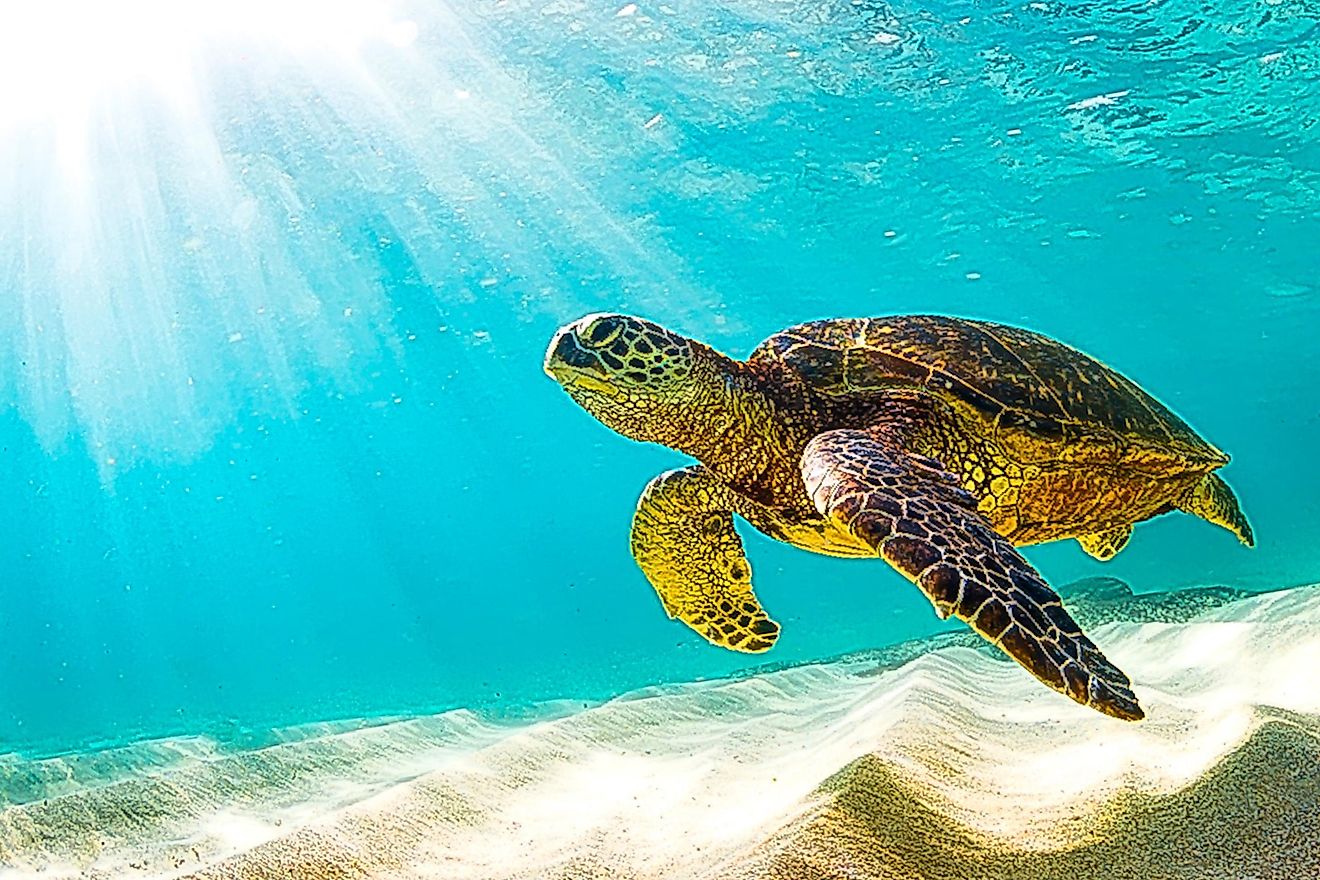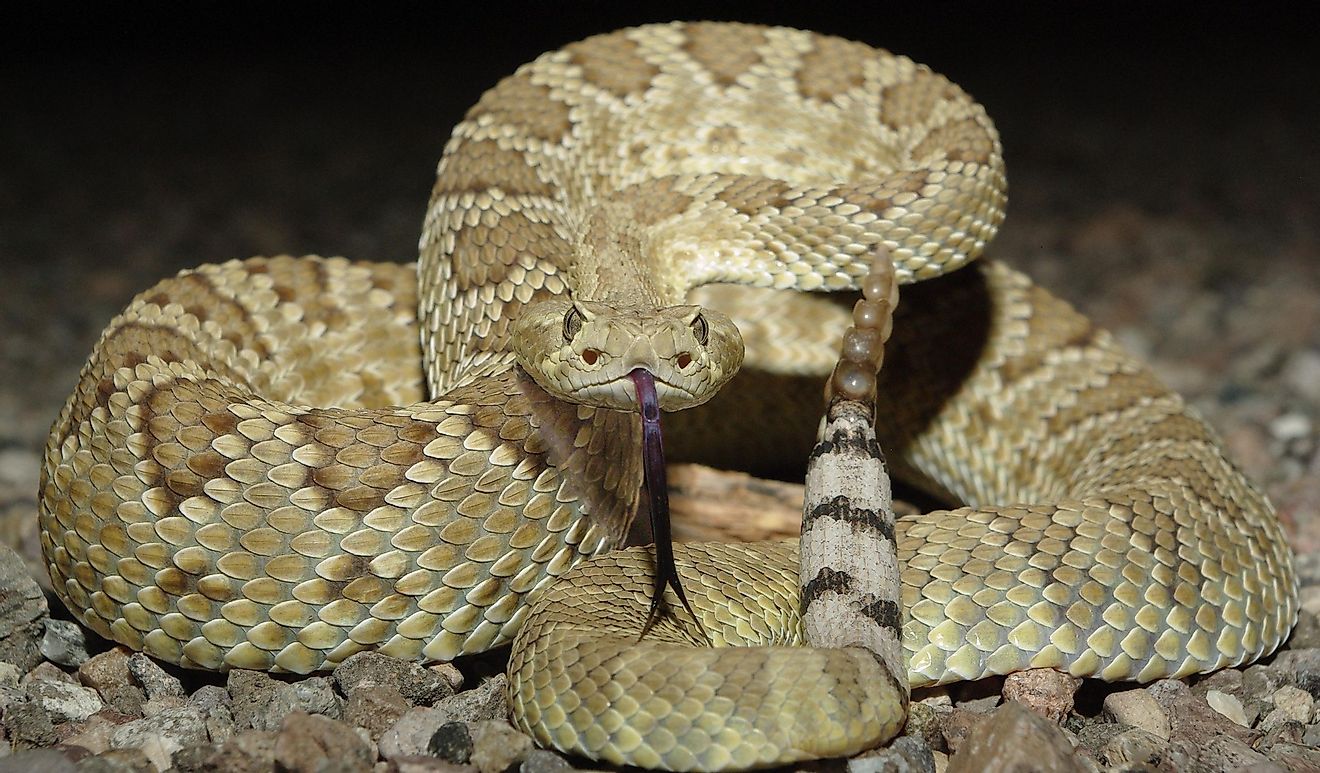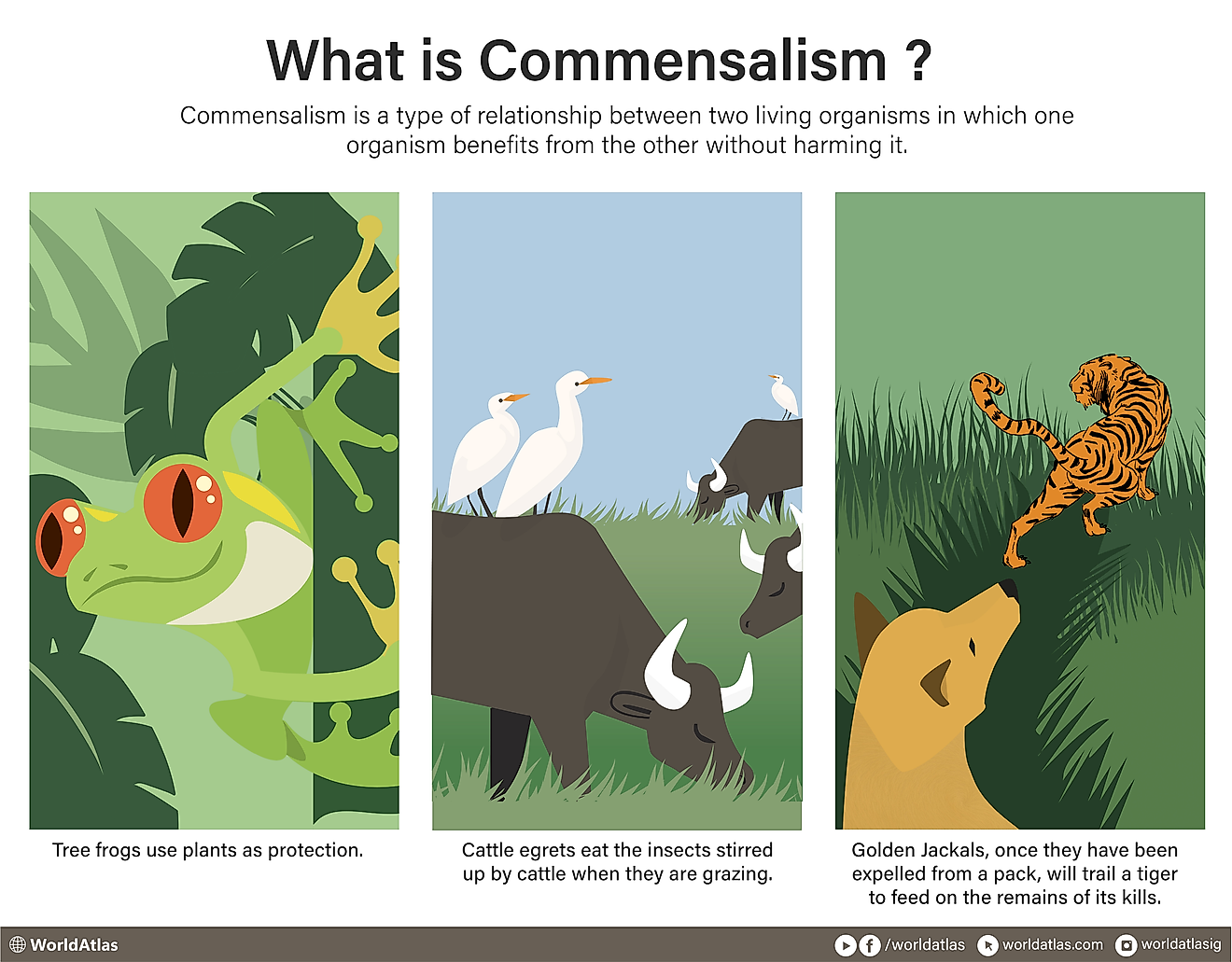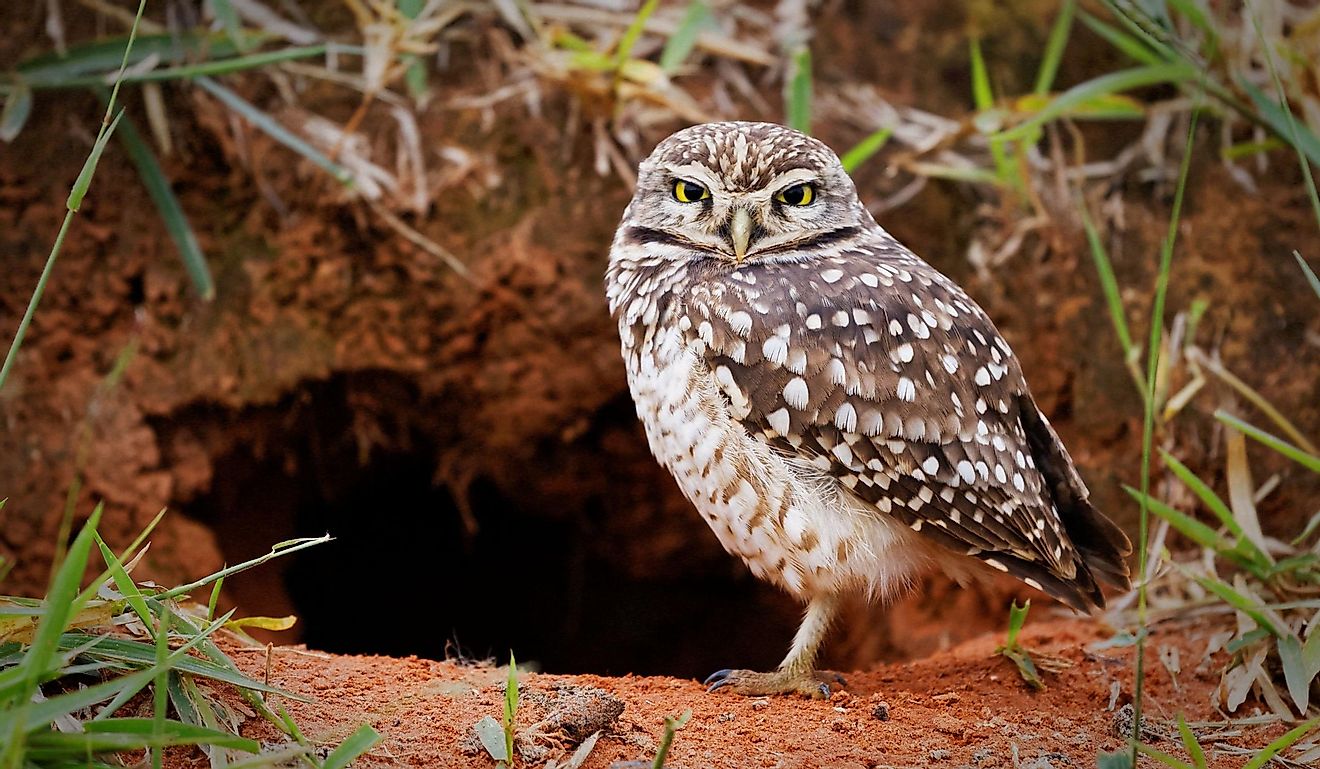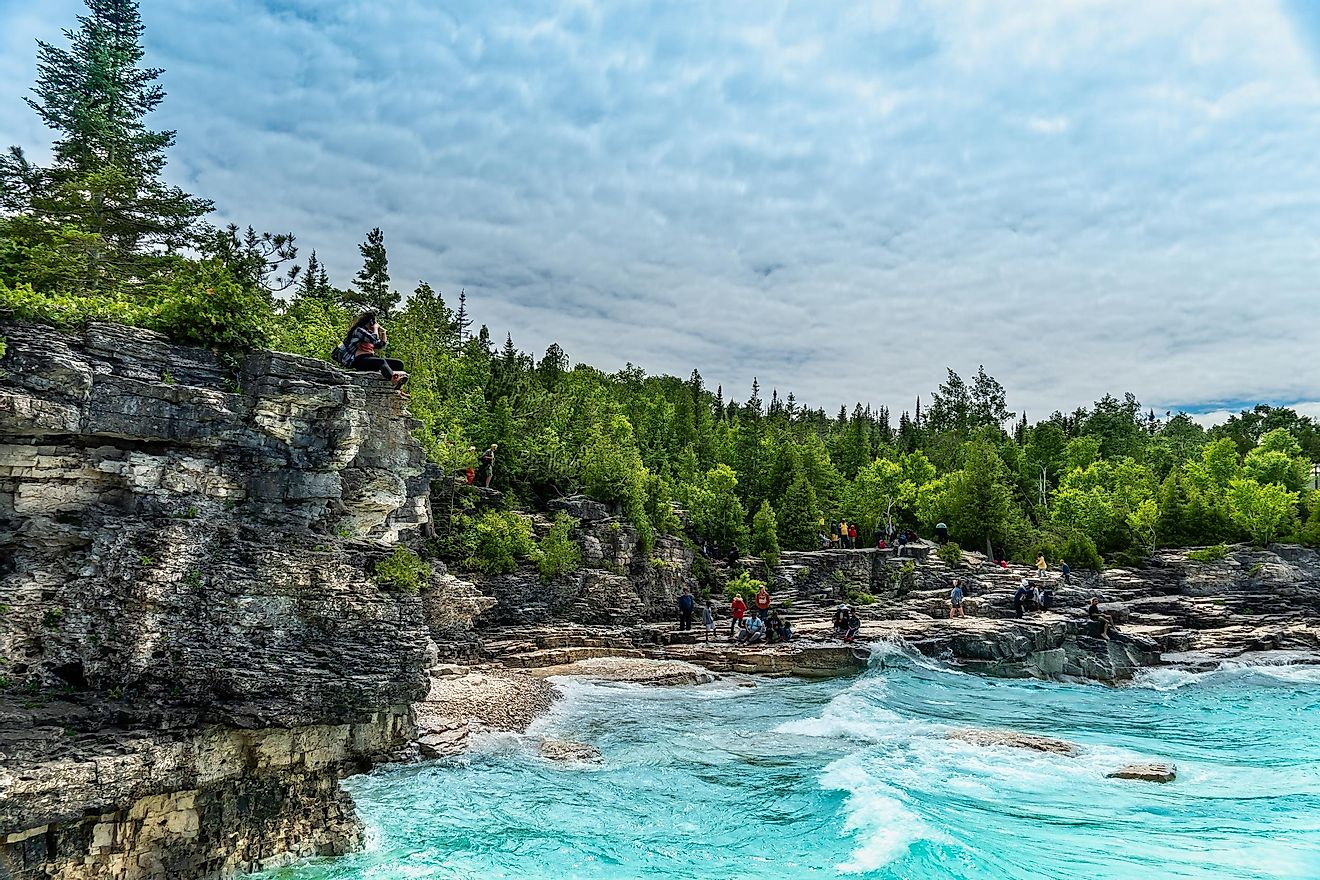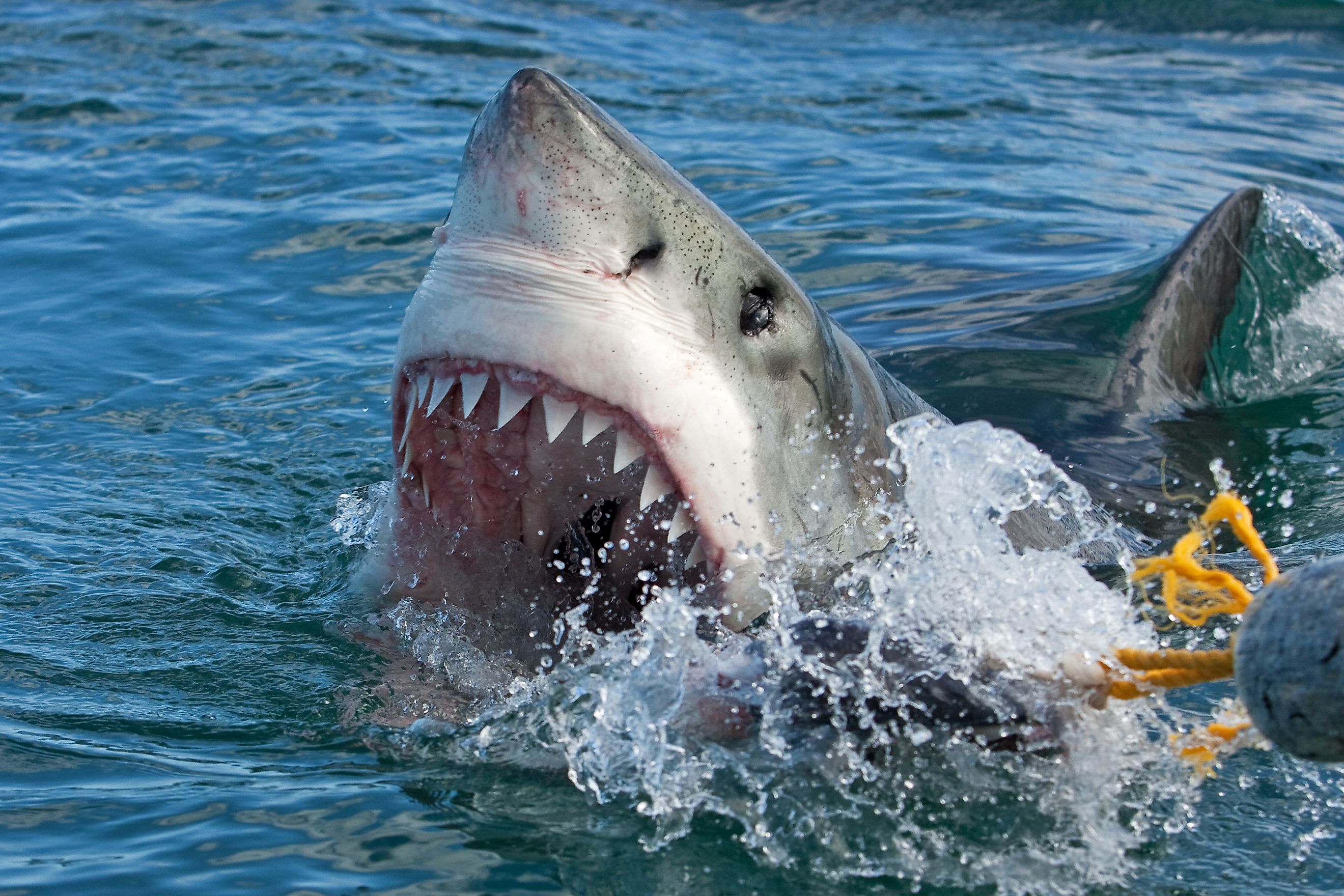
10 Animals With The Strongest Bites
When measuring what scientists call the "bite force" of an animal, there is both consensus and dissent amongst those doing the measuring. Bite force describes the force exerted when teeth and jaws are brought together to bite and chew food. It is measured in pounds per square inch (psi) of force that an animal exerts on its prey.
Things like jaw size, teeth shape, and of course, the size and shape of the prey/food all impact the measurement of bite strength. Humans, for example, have evolved to eat omnivorous food (both plants and meat), and the meat we eat has already been caught and cooked. The animals on this list with the strongest bite force have to catch their prey and eat it raw, and as such, have evolved accordingly. Some of the animals on this list are predictable, and some might surprise you! As there is a certain amount of disagreement amongst scientists measuring bite force, this list is not in an order that everyone agrees with. Most of the bite force measurements are estimates.
1. Orca - 19,000 psi
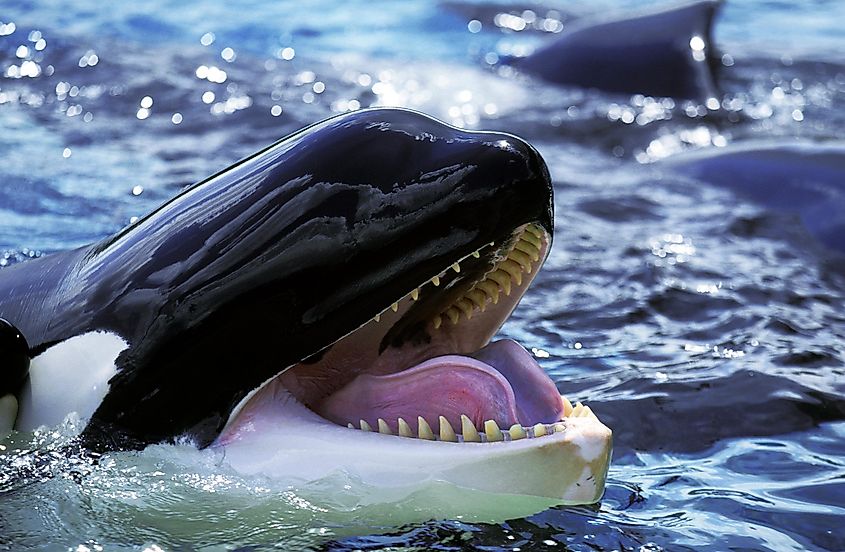
Orcas are the reason why Nile and saltwater crocodiles are combined on this list because their bite force is thought to eclipse all of the other contenders for the strongest bite by such a wide margin. Orcas in captivity have a bite force of around 19,000 psi.
Orcas are considered generalist predators and pods (or families) will hunt any number of sea creatures, including fish, squid, dolphins, seals, sea lions, and other whales. They are also apex predators, are at the top of the food chain in their ecosystems, and have no natural predators. They need to eat approximately four percent of their body weight daily. Females of the species can weigh up to 4,000 kgs and live for up to fifty years.
Despite being known as killer whales, orcas are not members of the whale family - they are the largest members of the dolphin family and inhabit nearly every ocean on earth. Orcas are protected species and endangered in several parts of the world due to climate change and decreased ability to access adequate food sources.
2. Crocodiles - 3,700 to 5,000 psi
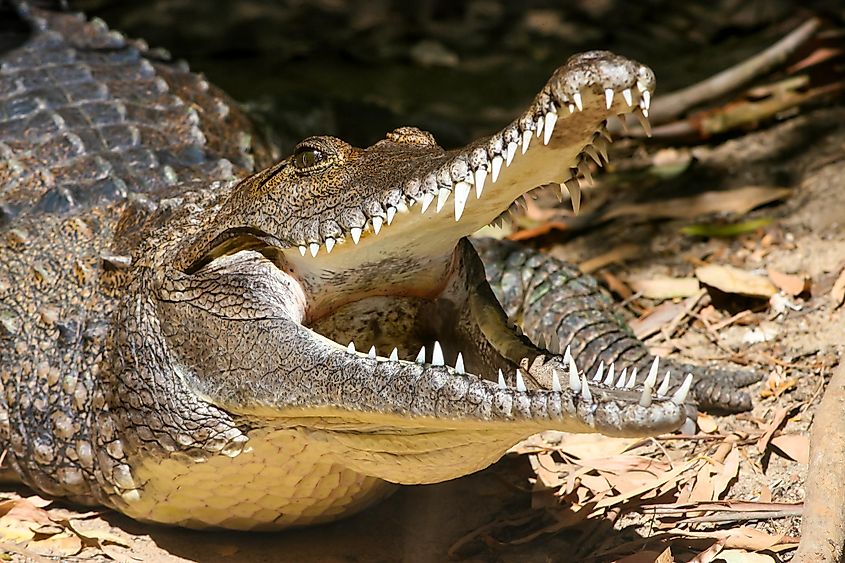
Both Nile crocodiles and saltwater crocodiles have bite forces of between 3,700 and 5,000 psi. Saltwater crocodiles are the world's largest living reptile, and though Nile crocodiles are smaller, they have the strongest bite force of all reptiles.
Saltwater crocodiles use their tremendous bite force to capture prey, which they then bring into a "death roll" in the water. In adulthood (where they can reach sizes of up to 1,000 kgs) they are considered apex predators, with no natural predation outside humans. Like alligators, their lifespan is up to seventy years, and crocodiles are often referred to as "living fossils" as they have evolved very little in the history of their species. Saltwater crocodiles will eat anything they can take down into their death roll, including turtles, snakes, fish, livestock, wild boars, and buffalo who get too close to the water.
Nile crocodiles are native to Sub-Saharan Africa, primarily living in freshwater habitats, though they can survive in saline and brackish conditions. Though they are generally smaller than their saltwater counterparts, the largest Nile crocodile on record is over a thousand kilograms. Nile crocodiles have a stronger bite force than their larger cousins but are very territorial and opportunistically wait out (then crush) their prey as apex predators who are thought to be able to take down any-sized animal that strays into their path. Nile crocodiles are social animals who live in hierarchical communities where eating order is determined by size.
3. Great White Shark - 4,000 psi
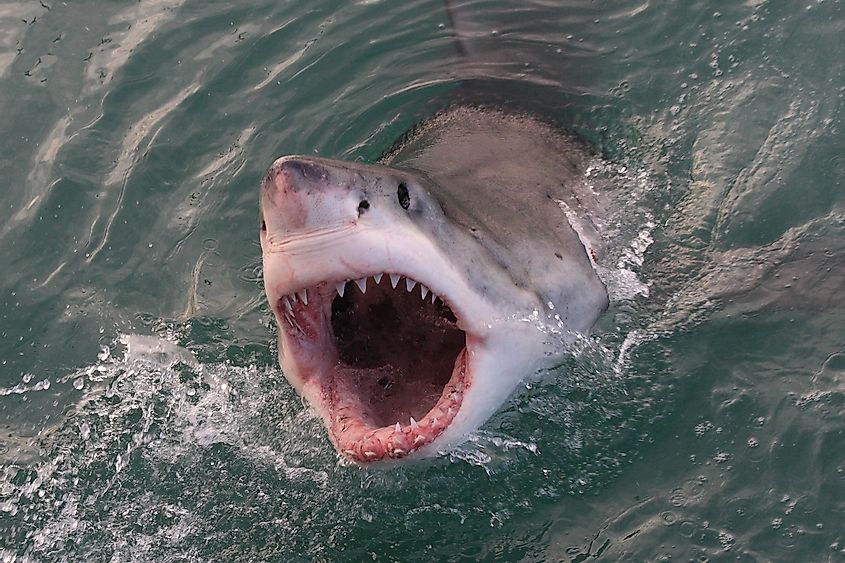
Great white sharks use their estimated 4,000 psi of bite force to hunt pinnipeds like seals and sea lions, although young great whites often hunt smaller prey such as fish. These carnivores are found in coastal waters in the world's major oceans. Though many great white sharks do not survive infancy, they can look forward to an estimated seventy-year lifespan if they do.
Despite having nearly 300 teeth, sharks do not chew their food. They use their ferocious bite to tear prey into manageable pieces, which are then swallowed whole. They can grow up to twenty feet in length. Recently, a ten-foot-long great white was spotted in the Gulf of Mexico.
The World Wildlife Fund lists great white sharks as a vulnerable animal population. This is due both to climate change as well as years of sharks being hunted for their fins and teeth and for trophies. Little is known about the movements and habits of great white sharks, and part of restoring their numbers will come from monitoring and studying their migrations.
4. Alligator - 2,000 psi
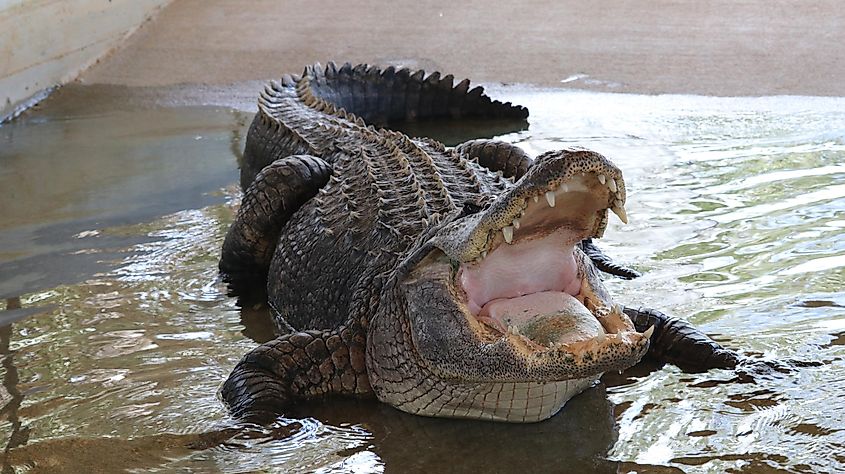
With a bite force of over 2,000 psi, the alligator is the next animal on our list. They live in parts of the United States, Mexico, and China. Alligators generally live in freshwater habitats, as they lack the gland that their crocodile pals possess, which helps them expel saltwater from their mouths. Alligators are generally considered less aggressive than crocodiles, though both should be avoided when possible.
Alligators only typically eat about once per week and are opportunistic hunters and carnivores. They occasionally snack on fruit but prefer to eat meat as the bulk of their diet. When young alligators learn to hunt, they tend to be more energetic in their pursuit of prey, even going so far as to hunt birds out of the air. As they age, their opportunistic hunting nature becomes more prevalent, and they tend to eat snakes, fish, and mammals that come close to the water.
Florida has the greatest number of recorded alligator attacks on humans. Researchers believe that the strength of an alligator's bite could lift a vehicle. As such, attacks on humans can be quite deadly, despite alligators' natural fear of humans and less aggressive nature than crocodiles.
5. Hippopotamus - 1,800 psi
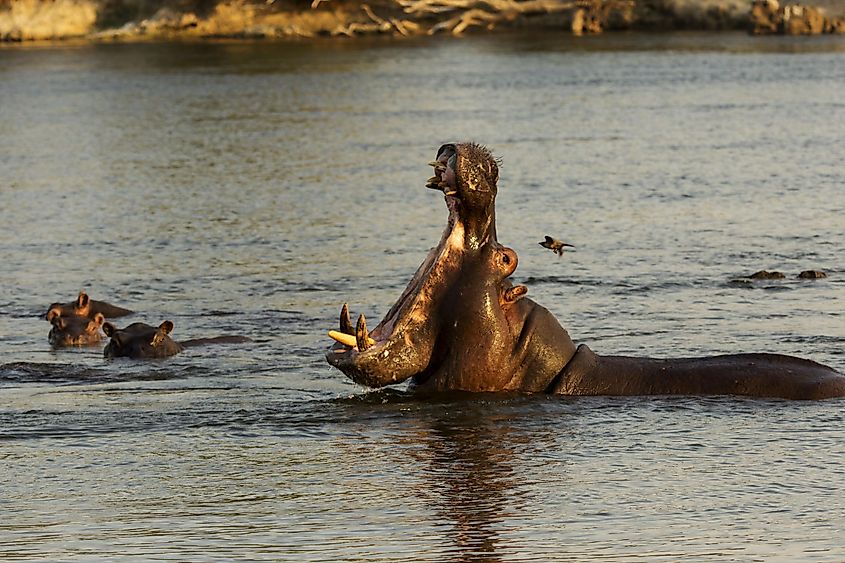
Hippopotamus, colloquially called "hippos," come in around fifth place on our list of animals with the most potent bite forces. Theirs is measured at around 1,800 psi. They are the third largest living mammal, are semi-aquatic, and live in Sub-Saharan Africa. The word "hippopotamus" can be roughly translated to "river horse" in Greek.
Though they have a powerful bite force, hippos are herbivores. Their bites have evolved to help them ward off apex predators and fight other hippopotami for herd status. Though they're primarily vegetarians, hippos are considered dangerous to humans and can be quite aggressive. Weighing in at up to 8,000 pounds, hippos can move relatively quickly to their size. They're able to reach speeds of up to thirty miles per hour and are thought to be very difficult to domesticate or train. With their severe bites and huge mouths, biting a human fatally is not beyond their scope of ability.
As with many of the animals on this list, hippopotami face endangerment due to shrinking habitats, with the World Wildlife Fund listing their numbers at around 110,000.
6. Jaguar - 1,500 psi
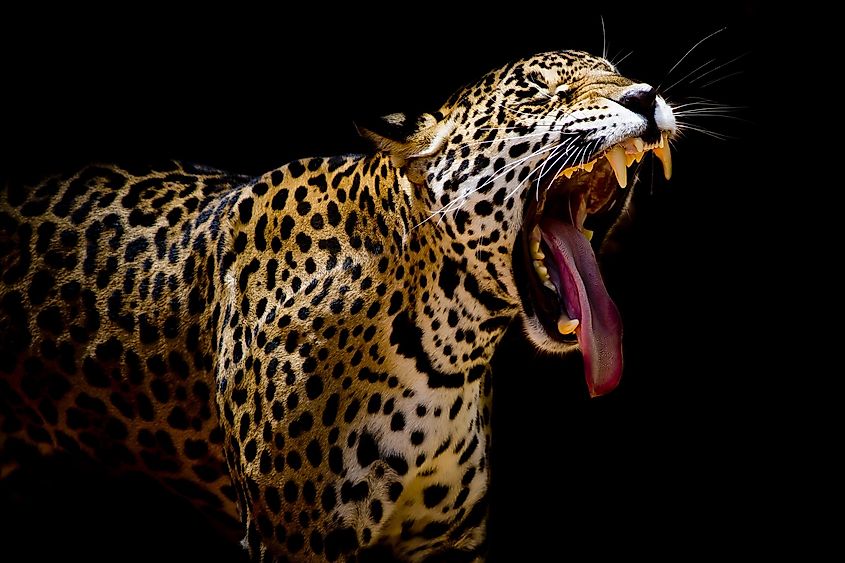
Jaguars live in Central and South America, as well as in the Southwestern United States. They are large cats and can grow up to 1.8 meters in length and nearly a hundred kilograms in mass. They are extremely fast runners and can reach up to eighty miles per hour. They have a bite force of up to 1,500 psi, which, coupled with their speed, enables them to hunt animals up to four times their size. Their name, "jaguar," comes from the Indigenous word "yaguar," which means "kills with one leap."
Jaguars' bite force allows them to bite through the tough shells of a tortoise, the armored skin of a crocodile and crush the skull of any animal they can catch. They are opportunistic carnivores who eat a wide variety of different animals. Jaguars will eat snakes, lizards, large and small mammals, and even fish. Like so many animals, deforestation and climate change threaten jaguars' territories and numbers. Industrialized agriculture and meat production contributed to shrinking habitats and less prey for jaguars to hunt. They are also vulnerable to illegal hunting, called poaching.
7. Gorilla - 1,300 psi
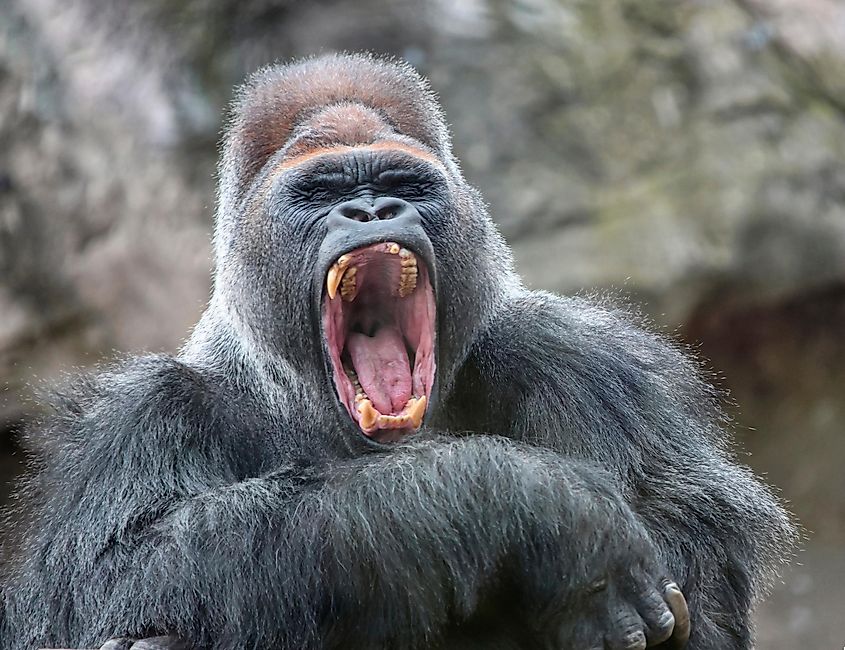
Despite having a tremendous bite force of around 1,300 psi, gorillas are primarily herbivores (meaning they're basically vegetarians). Their habitat is in the tropical forests of equatorial Africa, and they mainly live on the ground. They use their strong bites to strip the bark of trees, though they occasionally like to snack on ants, snails, and grubs as well. If it's available, gorillas enjoy eating fruit and sometimes even flowers!
Interestingly, gorillas don't need to eat much protein in their diet because their digestive systems grow protein in the bacteria that live inside them. Despite their diet not containing much protein, gorillas can grow to up to 200kg and can stand as tall as a fully grown human. In fact, they share nearly 98% of their DNA with humans, which means that human diseases like the common cold can negatively impact their health.
Gorillas are social animals and like to live in family-like systems and communities. Both males and females help care for infants, and the entire community sleeps in a kind of nest together at night. Unfortunately, gorilla populations are dwindling due to climate change and industrialization. Their habitats are often infringed upon by expanding cities. At last count, there are only 1,063 mountain gorillas left in the world, and they are considered an endangered species by the World Wildlife Federation.
8. Polar Bear - 1,200 psi
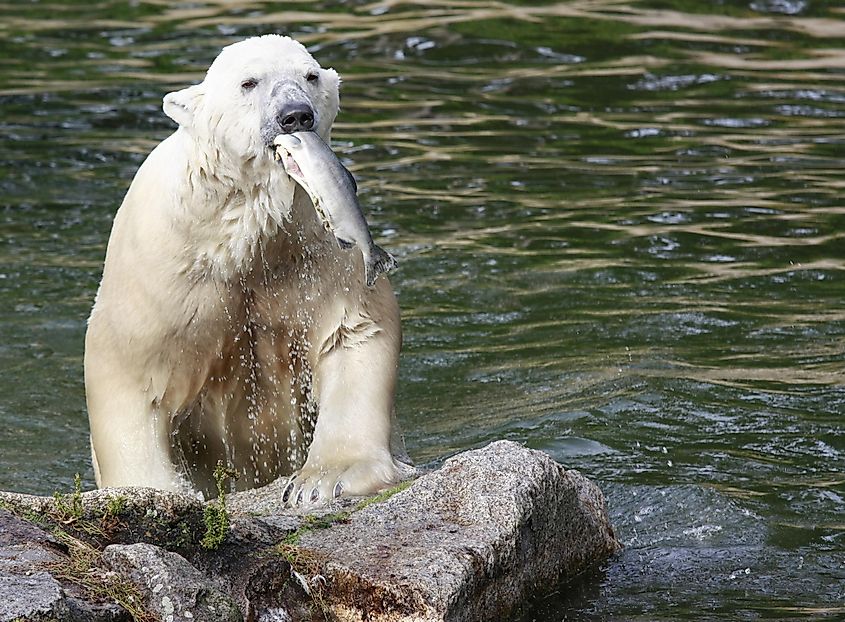
Polar bears live in the Arctic Circle, where they fight for life in some of the harshest temperatures on earth. They are the predators at the top of the food chain in the Arctic marine ecosystem, feasting primarily on ringed seals. Their bite force is upwards of 1,200 psi and is the strongest in the bear family. This may be partly because they sometimes go three or four months without food and need to stock up during times when food in the Arctic is plentiful.
To keep warm in the harsh Arctic cold, polar bears need to acquire and digest a large amount of fat. Their stomachs are incredibly efficient at extracting the nutrients they require (fats and proteins, primarily) to survive in such a chilly landscape.
Though polar bears are the most carnivorous of all bears, they will occasionally hunt on land and, during that time, will forage for berries or seaweed. When polar bear young are learning how to hunt, often by sitting very still next to holes in the ice and waiting for seals to surface, they will occasionally have to dine on other bears' kills to survive.
Due to climate change, polar bears' hunting habitats are becoming less and less accessible to them. Often they are forced to wait further and further into the year for ice packs to form for them to eat their preferred diet of up to four pounds of seal fat per day. Human influence has also negatively impacted as polar bears can become attracted to the smell of garbage in nearby communities. They have incredibly sensitive noses and use their sense of smell for most of their hunting.
9. Grizzly Bear - 900 to 1,200 psi
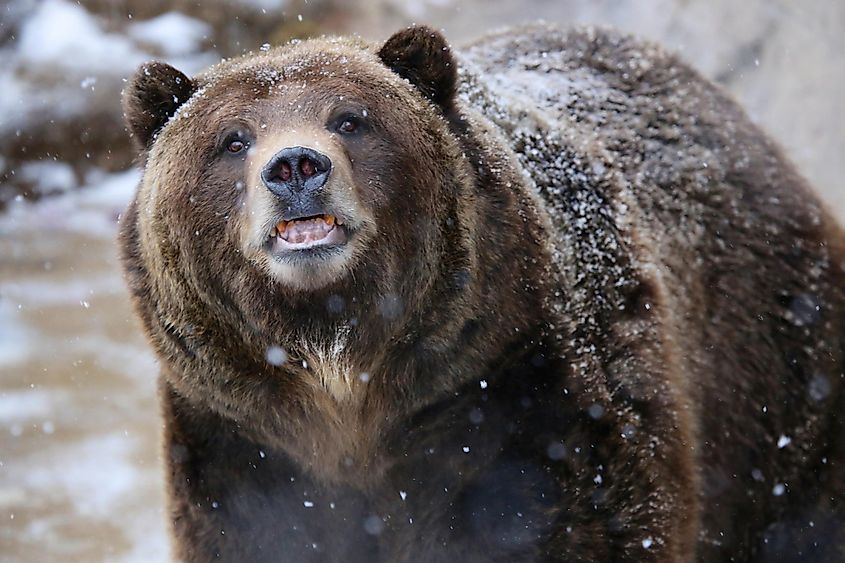
Grizzly bears live in North America. They can weigh up to 700 pounds, and their bite force is between 900 and 1,200 psi. Unlike polar bears, grizzly bears are not strictly carnivorous. Omnivores like grizzly bears need to consume a diet that contains plants as well. They enjoy dining on berries, roots, and grass, as well as fish. In fact, grizzly bears are thought to be nearly 85% vegetarians. Grizzlies also eat deer and moose when they can catch them, though these make for more challenging prey.
Interestingly, the grizzly bear will also scavenge and eat off other animals' kills if necessary. When hunting, they use their powerful bite, razor-sharp claws, and large size to hold larger prey in place. Because they aren't as agile at hunting as other animals, grizzly bears often end up hunting sick or wounded animals.
Before hibernating in winter, grizzly bears need to eat enough food to help them survive the entire winter. They can eat up to ninety pounds of food per day during that pre-hibernation time and can sometimes even double in size.
In spite of their relatively slower hunting skills and enjoyment of vegetation, grizzly bears can be extremely dangerous to humans in the wild. Though their bite force is less than that of their polar bear kin, it is still strong enough to crush a bowling ball (or a human skull) with little effort.
10. Hyena - 1,000 psi
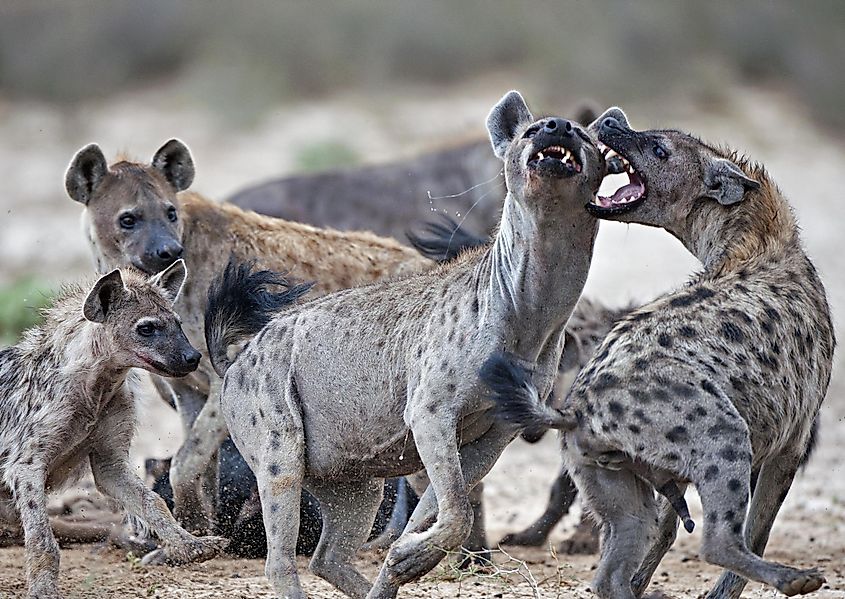
Interestingly, although they look like members of the dog family, hyenas are more closely related to the cat family -- and they are not actually a member of either. They are so unique that they have a family all to themselves. Hyenas live in sub-Saharan Africa and parts of Asia and have surprisingly strong bites for their size.
Clocking in at an estimated 1,100 pounds per square inch of bite force, designed to get to the marrow of the bones of their prey, hyenas have a stronger bite than wolves (estimated at a maximum of 1,000 psi) and a much stronger bite force than domestic dogs (the largest of which is somewhere around 700 psi). To compare them to members of the cat family, hyenas have a stronger bite force than lions, who are their main hunting competition in nature. Lions only bite at about 650 psi.
Though hyenas are often thought of as carnivorous, they are survivors and scavengers first of all. If fresh meat is not available to be hunted, they will eat the leftovers from the kills of other animals. They will also eat vegetation if there is no meat available. Their teeth and digestive systems are evolved to chew and digest bones, and nothing goes to waste for hyenas.
What About Humans?
Human beings are often the only predators up to the task of several of the animals on this list. In several cases, human involvement and human-caused incidences such as climate change and deforestation are the only threats to these important members of their ecosystems. When it comes to bite force, however, we are woefully behind even our tenth-place contestants. Human beings only bite at a force of approximately 160 psi, so it is probably best if we avoid getting into any biting contests with hyenas (let alone orcas).
